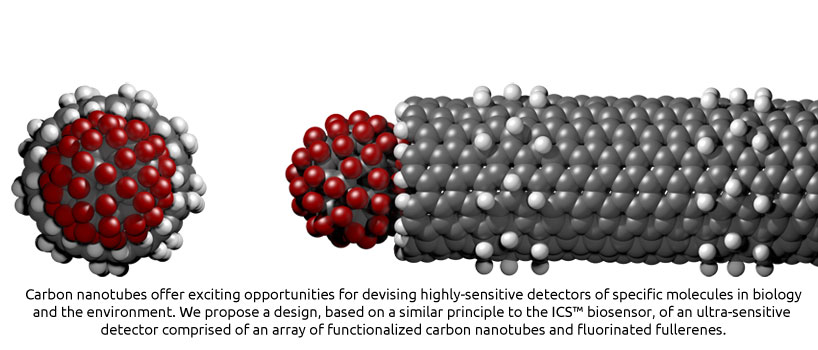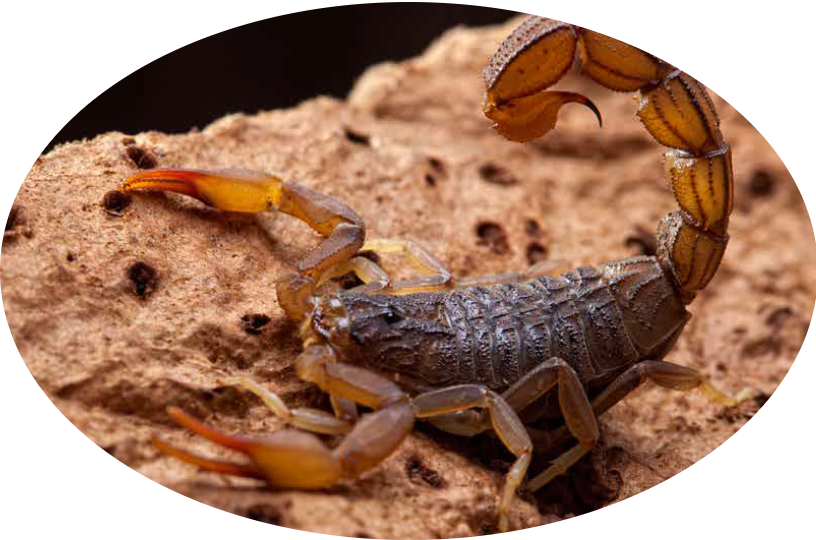COMPUTATIONAL BIOPHYSICS



THE BIOPHYSICS GROUP
The Biophysics Group (formerly the Protein Dynamics Unit) is interested in the permeation of ions through biological membrane channels such as potassium, calcium, sodium and gramicidin chanels. We use various theoretical and computational tools such as Molecular dynamics and Brownian dynamics to gain a physical insight into the permeation processes.
CURRENT RESEARCH
Artificial Ion Channels
Making use of molecular dynamics and Brownian dynamics to investigate various nanotubes as artificial ion channels. The main purpose of this research is to reproduce the physiological attributes of gramicidin
The Potassium Channel
Using the recently unveiled structure of the Potassium Channel we employ a combination of electrostatics, Brownian dynamics and molecular dynamics to investigate the way in which this biological channel discriminates between potasisum and sodium ions, and reproduce some physiological attributes of conduction. Visit our potassium channel page for a chapter by chapter explanation of the this channel using samples from our recent narrated video of the K+ channel.
Recent publications:
Tamsyn A. Hilder, Dan Gordon and Shin-Ho Chung. Computational modeling of transport in synthetic nanotubes: a review. Nanomedicine: Nanotechnology, Biology, and Medicine, (in press, 2011). PDF: full article
Tamsyn A. Hilder, and Shin-Ho Chung. Carbon nanotube as a gramacidin analogue. The Journal of Chemical Physics, 501, 423-426, 2011. PDF: full article
Tamsyn A. Hilder, Dan Gordon and Shin-Ho Chung. Synthetic cation-selective nanotube: permeant cations chaperoned by anions. Chemical Physics Letters, 133, 000000-1 - 000000-7, 2010. PDF: full article
Tamsyn A. Hilder, Dan Gordon and Shin-Ho Chung. Synthetic chloride-selective carbon nanotubes examined using molecular and stochastic dynamics. Biophysical Journal 99, 1734-1742, 2010. PDF: full article
Tamsyn A. Hilder, Rui Yang, V. Ganesh, Dan Gordon, Andrey Bliznyuk, Alistair P. Rendell and Shin-Ho Chung. Validity of current force fields for simulations on boron nitride nanotubes. Micro & Nano Letters 5, 150-156, 2010. PDF: full article
Press releases

Venomous bytes
Autumn 2013
Casey Hamilton from ANU Reporter writes: Venomous creatures have somewhat of a PR problem. Staring down at a scorpion, pincers raised and tail poised for attack, would strike fear in the hearts of many. But what if the venomous telson at the end of its tail held the cure to crippling diseases?
Deep in the corridors of the Research School of Biology, sandwiched between experimental laboratories, Professor Shin-Ho Chung and his team are using terabytes rather than test tubes to figure out the ins and outs of cell biology, including whether venom can be used for good.
(Read more)

Nanotubes help to solve desalination problem
Monday 24 August 2009
A team of researchers from The Australian National University have discovered a way to remove salt from seawater using nanotubes made from boron and nitrogen atoms that will make the process up to five times faster. With 25 percent of the world's population currently affected by water shortages, researchers Dr Tamsyn Hilder, Dr Dan Gordon and group leader Professor Shin-Ho Chung from the Computational Biophysics Group at the Research School of Biology at ANU have come up with a way to eliminate all salt from seawater ... (Read more)




